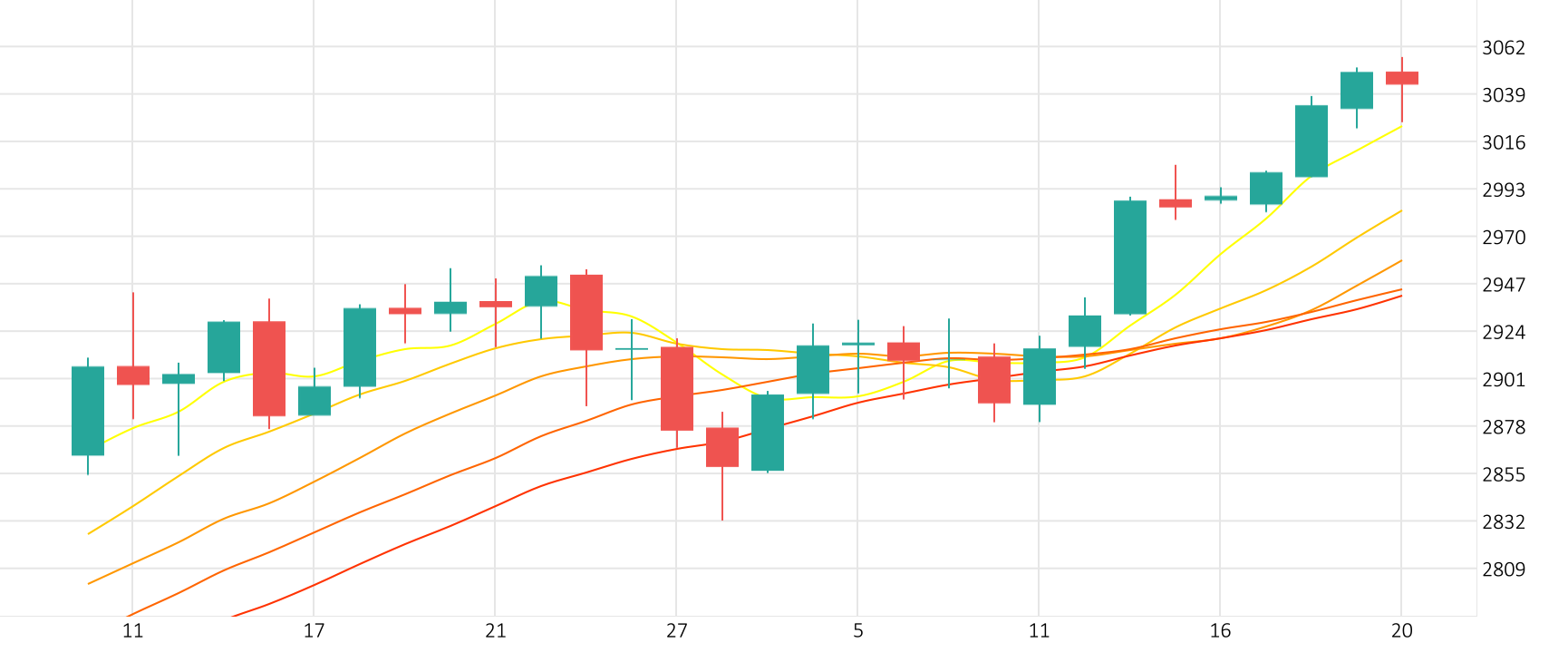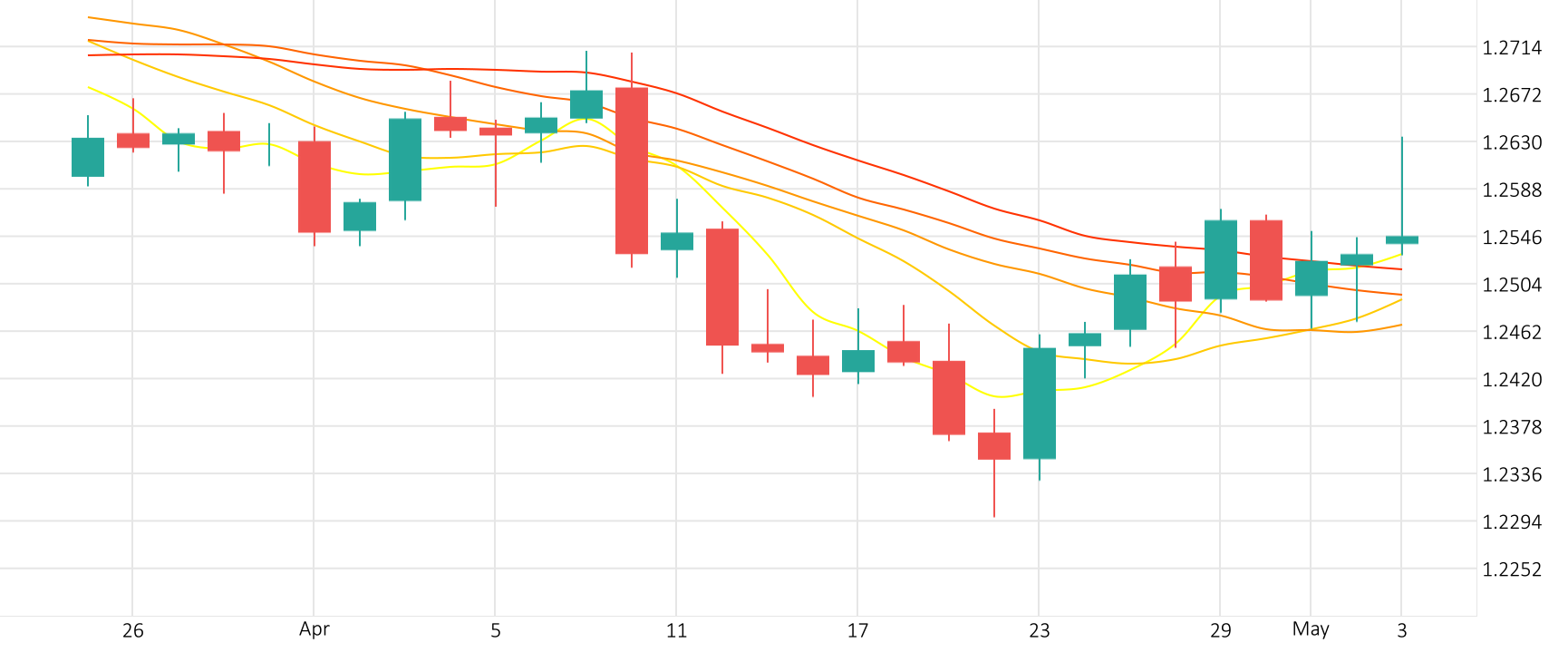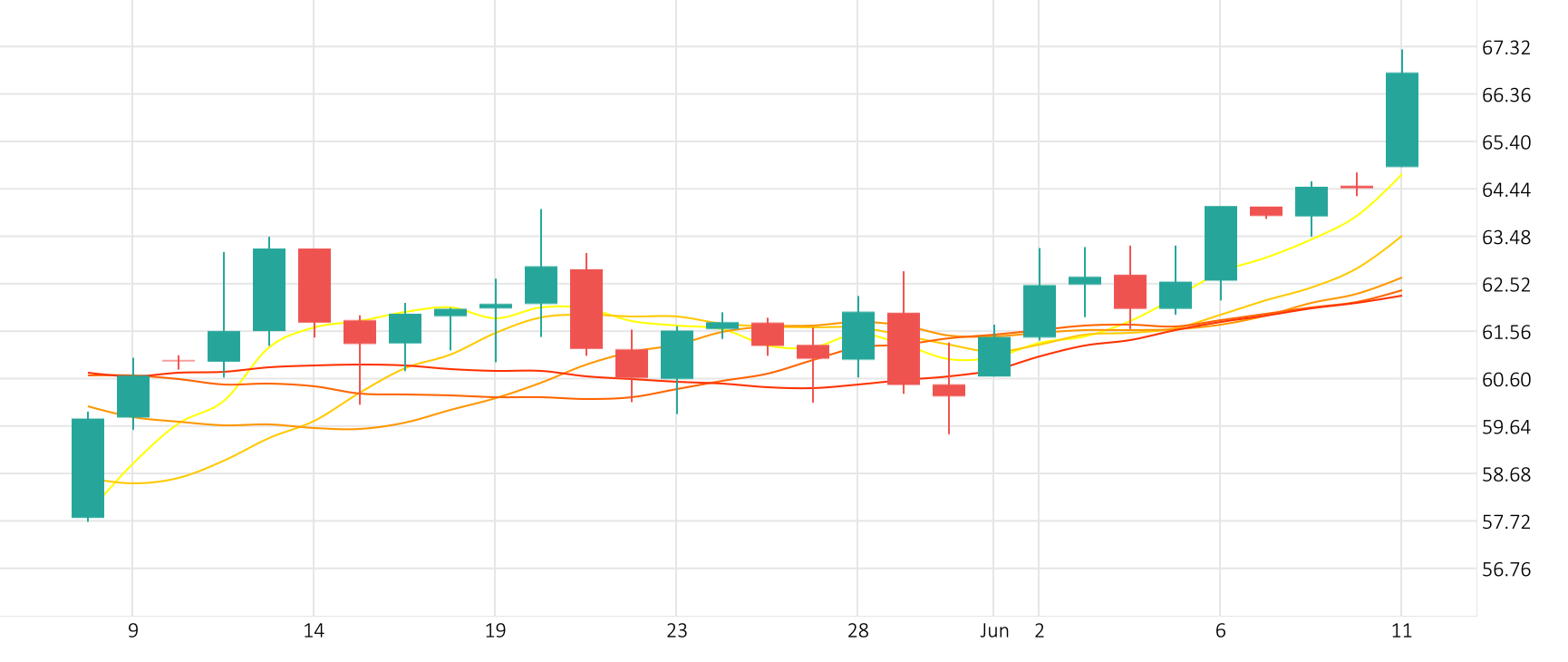
The dollar has sunk to its lowest in three years as rapidly changing U.S. trade policy unsettles markets and expectations build for Federal Reserve rate cuts, fuelling outflows from the world’s biggest economy.


The dollar has sunk to its lowest in three years as rapidly changing U.S. trade policy unsettles markets and expectations build for Federal Reserve rate cuts, fuelling outflows from the world’s biggest economy.


Gold prices scaled a one-week peak, steered by simmering Middle East tensions and cooler U.S. economic data that fuelled fresh bets on Federal Reserve rate cuts. U.S. gold futures settled 1.8% higher .
The Gold-Dollar pair gained 1.0% in the last session after a 1.1% intra-session dip. The CCI indicates an overbought market.
Support: 3345.6 | Resistance: 3510.2


U.S. President Donald Trump said he would not fire Federal Reserve Chair Jerome Powell, adding that he “may have to force something” as part of his ongoing push for the central bank to lower rates.


Britain’s borrowing costs rose and sterling stayed close to recent three-year peaks against the dollar, as a multi-year spending review underlined fiscal challenges even as pressure mounts to boost the economy.
The Pound got a slight bump of 0.2% against the Dollar in the last session. The Stochastic-RSI is giving a negative signal.
Support: 1.3379 | Resistance: 1.3685


Oil prices rose more than 4%, to their highest in more than two months, after sources said the U.S. was preparing to evacuate its Iraqi embassy due to heightened security concerns in the Middle East.


Bitcoin is closing in on a new high, buoyed by renewed optimism that the United States and China have reached a final agreement on their long-awaited trade deal. The world’s largest trading economies have nearly completed their trade agreement, according to a post by US President Donald Trump.
The Bitcoin-Dollar pair plummeted 1.2% in the last session. The CCI is giving a positive signal.
Support: 106112 | Resistance: 111662